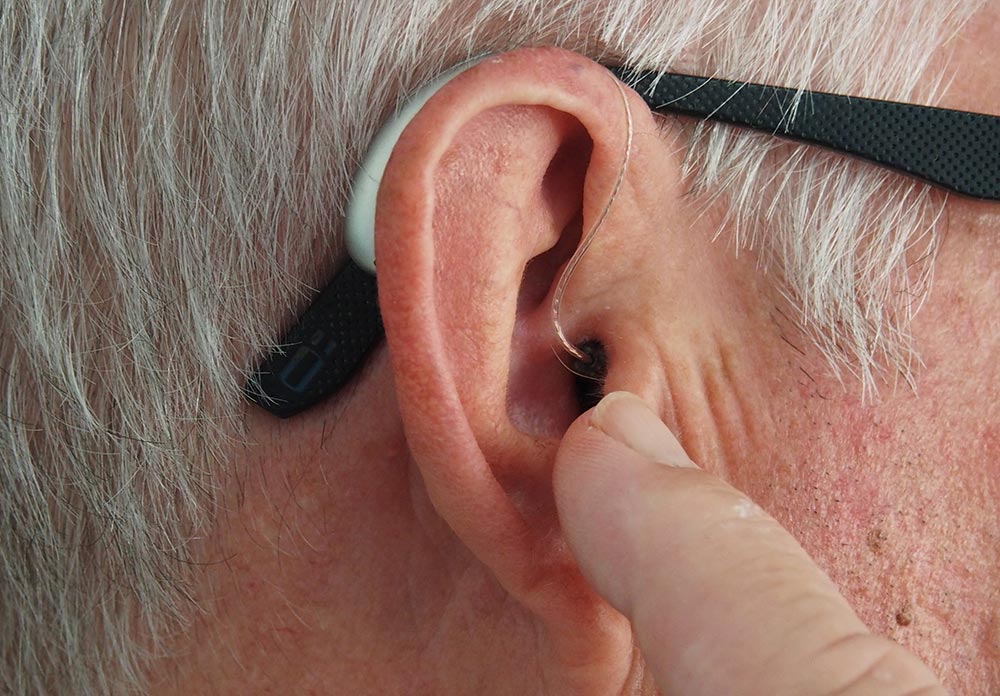Table of Contents
The symptoms of tinnitus
The symptoms of tinnitus are described as being able to hear sounds that other people cannot hear. It is estimated that around 10% of the adult population suffer from some degree of tinnitus. There are two main types of tinnitus known as subjective and objective. The subjective form is more common than the objective form and is thought to be caused by problems with the inner ear or the way in which it sends signals to the brain.
The symptoms of subjective tinnitus can include:
Ringing in one or both ears
Hearing hissing, roaring or buzzing noises instead of your normal hearing
The sounds may come and go. They may also be continuous.
Subjective tinnitus
Subjective tinnitus, or PTS, is a strange condition that affects the way you hear. For some people, hearing loss caused by PTS seems to be permanent. Some people find that their tinnitus gets worse when they get older, and others find that it gets worse when they’re stressed. But for many people with PTS, the sound of their tinnitus goes away on its own after a period of time.
Subjective tinnitus can be a tough nut to crack because there isn’t a lot of research on it. It’s also difficult to compare subjective tinnitus across different people and situations, although studies have found some similarities between objective and subjective tinnitus in terms of their frequency and how they affect quality of life.
Objective tinnitus
Objective tinnitus is tinnitus your doctor can hear when he or she does an examination. Your doctor will use a stethoscope, like the ones doctors use when listening to your heart and lungs, to listen to your blood vessels to see if your tinnitus is vascular in origin.
Objective tinnitus is rare and usually has a vascular cause. This type of tinnitus may be caused by:
- Abnormal blood flow through vessels near the ear (vascular)
- Abnormal bone growths in the middle ear (bony growths known as otosclerosis)
- Some types of muscular spasms
- Tumors in the middle ear
Can hearing aids offer tinnitus relief?
It’s estimated that one in 10 people will have some form of tinnitus at some point in their lives. And while there’s no cure, many people find relief through hearing aids.
Many people with tinnitus try to cover up the noise with other sounds: running water, fans, music players and so on. Hearing aids can do the same thing — but they also can be programmed to reduce the ringing itself.
Hearing aids are designed to amplify sounds, which can help mask tinnitus. They also can be programmed to produce “white noise,” which is like a soft hissing that can be helpful for people with ringing in their ears.
Some hearing aids include an additional programming feature called “notch therapy.” This works by canceling out certain frequencies that typically make up the sound of ringing in your ears.
